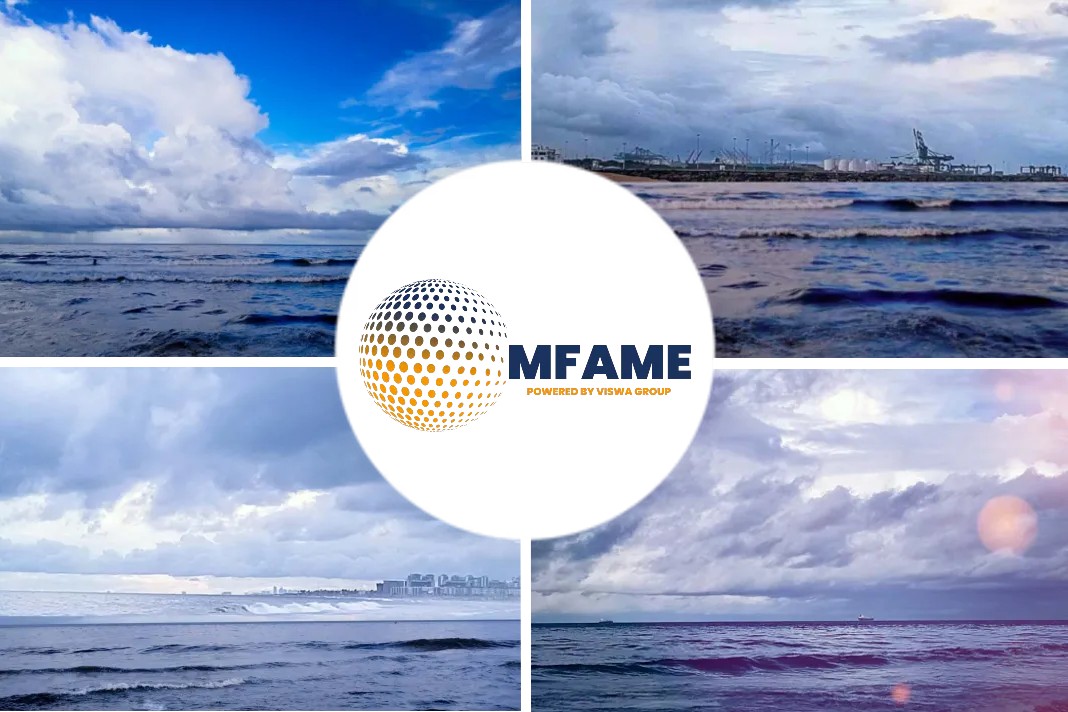- Information analysis, machine learning, simulator training and ecosystem communications will be vital for reducing carbon emissions.
- Svitzer collects data from its tugboat fleet in Australia and the UK on vessel fuel consumption during standby, mobilisation and towage operations, with dashboards providing the information and analytics.
- Fleet optimisation involves changing ship operations, commercial decisions and asset management.
Information analysis, machine learning, simulator training and ecosystem communications will be vital for reducing carbon emissions this decade, says an article published on Riviera website.
Decarbonisation webinar
Data analytics is increasingly important in shipping’s drive towards net-zero emissions, experts explained at Riviera Maritime Media’s Data-driven routes to decarbonisation webinar.
This event, sponsored by i4 Insight, was held 25 January 2022 during Riviera Maritime Media’s Vessel Optimisation Webinar Week and featured Svitzer head of decarbonisation Gareth Prowse on the panel.
Joining him were North of England P&I loss prevention executive Mark Smith, Tallinn University of Technology Maritime Transport Estonian Maritime Academy’s tenured associate professor Ulla Pirita Tapaninen and i4 Insight subsidiary GreenSteam chief executive Simon Whitford. i4 Insight is a member of the Lloyd’s Register group.
Importance of using data
Mr Prowse gave a vessel owner’s perspective on how to decarbonise operations. He highlighted the importance of using data to gain a greater understanding of emissions and fuel consumption in vessels and across fleets. “People will get insight from data and by measuring what they need to manage,” he said.
Svitzer collects data from its tugboat fleet in Australia and the UK on vessel fuel consumption during standby, mobilisation and towage operations, with dashboards providing the information and analytics.
This automated system uses fuel information and tug positioning data from the automatic identification system (AIS), avoiding the need to install fuel consumption monitoring equipment on tugs.
Mr Prowse said having a better understanding of data quality and its limitations is important. “Data becomes the crystal ball for seeing fleet operations,” he said. Data helps Svitzer “look at the options and pick the best bet for the future.”
He adds vessel owners should set meaningful targets from data analytics to generate a better understanding of operations and to implement efficiencies.
Seafarers will also play an important role in implementing decarbonisation strategies within maritime sectors. “We need to engage everyone in the organisation, including shore staff and crews in driving decarbonisation in the long run,” said Mr Prowse.
In future, more of Svitzer’s tugs will become connected vessels to deliver data automatically and regularly from more ports worldwide.
“We are driving change in our fleet to drive down emissions,” he added. “Data insights support where we invest our decarbonisation money.”
Svitzer is then able to pass on the benefits to the shipping companies it provides towage services to. “Our emissions are someone else’s Scope 3 emissions,” said Mr Prowse. “Robust data will ensure confidence in our progress.”
Training considerations
Mr Smith said increasing the use of data to optimise ship operations and voyages could help to cut emissions in the short term. “We need to encourage decarbonisation through data but need to be mindful of the time crew take to input this data,” he commented. Information on vessel operations can be acquired through handheld monitoring devices, installed sensors, environmental sources and satellite AIS data.
Data from shipping and port operations will help to understand what is required in the medium to long term for decarbonisation, and which alternative fuels or zero-carbon technologies owners should back, said Mr Smith.
“There are many challenges ahead, as there are so many options.” Some of the challenges owners face include availability of future fuels and the cost of decarbonisation.
Mr Smith also highlighted the need to improve seafarer training, particularly for engineers, to maintain machinery using these future fuels. “Crew training will need to be adapted,” he said. “We will need simulators.” One of the key issues is the lack of experience on ships using future fuels. “We cannot substitute hands-on experience,” said Mr Smith. “As there are no vessels using hydrogen, how can we get this experience?”
Mr Whitford highlighted the importance of using machine learning to improve the quality of information derived from data. “People need to have objectives of what they want to get out of the data,” he said. “They need an integrated platform for optimisation and can use machine learning to track their trajectory in decarbonising.”
Mr Whitford said there was a lot of data “hidden in vessels and in offices” which should be extracted and analysed. There are also many instances of misreporting and flawed data due to sensor issues.
Another challenge for owners is the volume of data coming from different sources. “There are silos of information everywhere. We need to understand how different data sets can lead to information on vessels’ fuel consumption,” he added.
Integrated approaches
Fleet optimisation involves changing ship operations, commercial decisions and asset management. On the operational side, owners can implement voyage optimisation, condition-based maintenance, better in-port performance, cargo loading optimisation and bunker savings.
Within commercial optimisation are fuel-based performance analysis, cargo mixing, industry benchmarking, charter party and pool optimisation.
Professor Tapaninen highlighted the importance of including data on port operations and shipping routes to reduce overall emissions from the shipping and the logistics industry.
“Sea traffic management services can reduce emissions overall,” she said. “The whole marine and port ecosystem has to be optimised.”
This is best achieved through exchanging information between ports and ships to enable voyage optimisation, slow steaming and just-in-time port arrivals.
Did you subscribe to our daily newsletter?
It’s Free! Click here to Subscribe!
Source: Riviera






















